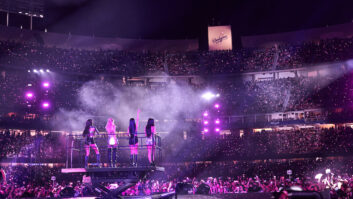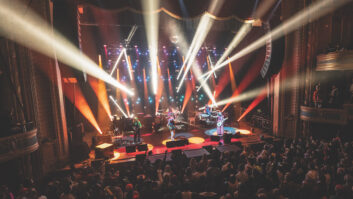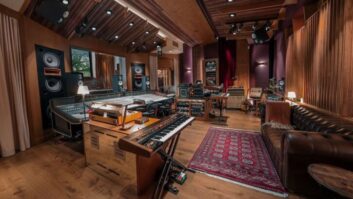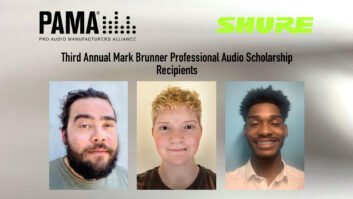I’ma reader.I always have been. My mom has maintained all these years that one day, whenI was around three-and-a-half years old, she lookedacross the dining room table and realized that I had taught myself to read. I was her sixth of what would become 12 children, and she read every day to me, so the story isa bit of an exaggeration. Still, at4I was attempting crossword puzzles and playing my grandparents atScrabble. Words were in my blood early, much the same as musicfills some other young boy’s bones. I love music—live, recorded or street-sidespontaneous—and it’s been a huge part of my life. But myfirst love was books.
WhenI was 11, my dad gave me Isaac Asimov’s Foundation Tril- ogy, Ursula Leguin’s Earthsea Trilogy, and most of the early John Le Carreand Robert Ludlum. There were bookshelves throughout our home, books on nightstands,everybody read. And it’s been the same as my daughters grew up. I don’t think I’veever boardeda plane or taken public transportation withouta book in my bag. If I’m nearing the end ofa title,I usually have at least one or two waiting in the wings. They are my escape, my meditation, and the roots of my never-endingeducation.I still read physical books; I look atenough screens all day long.
What does any of this have to do with audio? Nothing, really. Itjust all came together in my mind on a recent road trip from Oakland toSanta Barbara to Los Angelesfora couple ofMix cover stories witha couple of amazingsongwriters.I began to think about the parallels between creatingasong and writing verse or prose, the similaritiesevident in the craft and the output: In the end, there isa story.
The first stop was David Crosby’s wood, stone and glass-filled ranch home, imbued withapeaceful and tranquilenergy—and custom bookshelves everywhere,some floor-to-ceiling, others hugging the line below the windows.Fiction and nonfiction, art books and music biographies. The complete Wilber Smith (Crosby does have afondnessfor sailing), the edgy sci-fi of Iain Banks, Lee Child, and countless others,across all genres. There were, of course, guitarseverywhere, too, including two 1968 Martin D45s, cherry-picked off the line in the first year they were builtsince World War II.
The second stop was at the studio and home of musician/producer/songwriterGreg Wells, pictured on this month’s cover with artist/musician/songwriter Ryan Tedder,a frequent songwriting collaborator. That night, while Wells put hissix-year-old daughter to bed after a long day at gymnastics camp,I did that annoying thingI do whereIbrowsea new home and look at the bookshelves. The den, with its vintage pump organ centerpiece, was surrounded bybuilt-in, rich-wood booshelves. In the sitting room, on the grand piano, were score sheets from theRoyal Conservatory of Music next toa Calvin and Hobbes collection. On the shelvesacross the room, Jan Swafford’s biography of Beethoven sat next toThe Complete Fawlty Towersby John Cleeseand Connie Booth. Nearby, Kurosawa’s autobiography,On the Road,The Collected Poems of W.B. Yeats. Ittells yousomething aboutaperson.
The next day, driving home on I-5,I thought back to what the greatfilmeditor/mixer Walter Murch told me in an interview more thana decade ago. Books, he said, are the one form of storytelling where the listener, not the creator, controls the pace of the experience—ina nonlinear fashion, moving backward and forward at will,across any length of time—and where each individual creates a unique visual world through their own imagination, rather than being presented with one. The analogies to music, to the experience of “feeling”asong, each individual unique,seemed to make perfectsense asI pulled back into the Bay Area.
So again, there is no realpoint here except thataudioengineers, artists and songwriters arepeople, too, and their creative influences might come from apainting, the architecture ofa downtown 1800s building, or the beauty of Zion National Park. You never know. For me, it’s all of those and more. Books, too.







